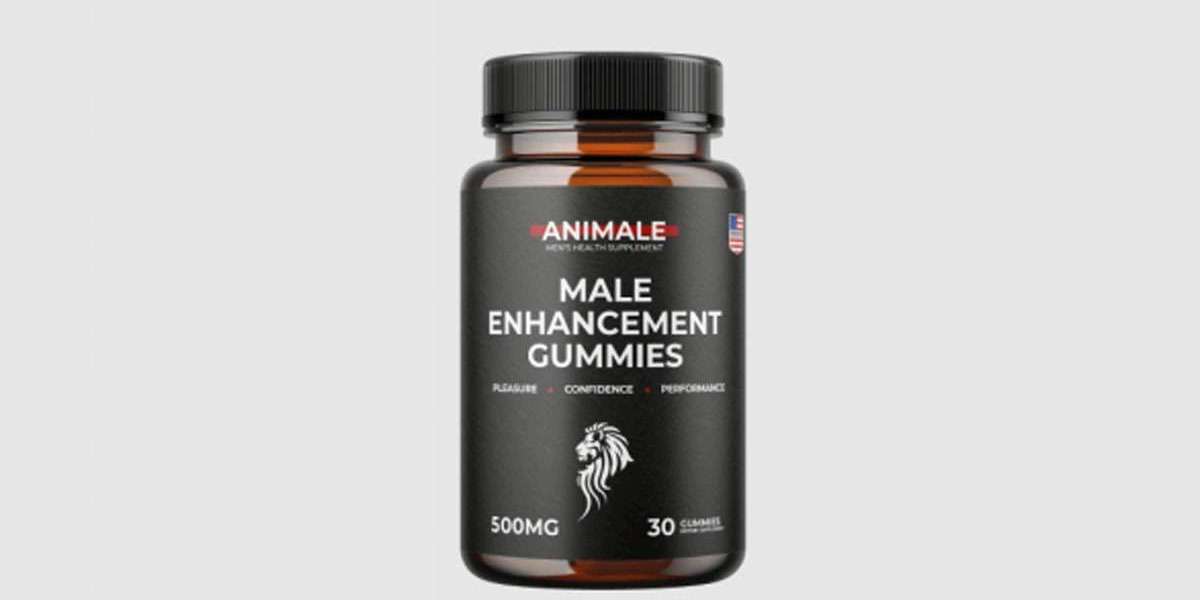In recent years, the fashion industry has taken significant strides towards sustainability, and swimwear is no exception. As the impact of fast fashion on the environment becomes increasingly evident, more brands are turning to eco-friendly materials for their swimwear collections. This shift not only helps reduce pollution but also encourages a more sustainable approach to fashion consumption.
1. Recycled Nylon
One of the most groundbreaking materials in sustainable swimwear is recycled nylon. Traditional nylon production is highly energy-intensive and generates a considerable amount of waste. Recycled nylon, on the other hand, is made from pre-consumer waste like fabric scraps or post-consumer waste such as discarded fishing nets, carpets, and other nylon products.
Econyl, a well-known brand of recycled nylon, regenerates nylon waste through a process that involves cleaning, shredding, and melting the material before it is spun into new yarn. This method not only reduces the amount of waste in landfills and oceans but also cuts down on the need for virgin materials, thereby saving energy and reducing greenhouse gas emissions.
2. Recycled Polyester
Another significant player in the realm of sustainable swimwear is recycled polyester. Like nylon, polyester is a synthetic fabric derived from petroleum, and its production is harmful to the environment. Recycled polyester, often made from plastic bottles and other plastic waste, provides a sustainable alternative.
The recycling process involves cleaning and shredding the plastic waste into small flakes, which are then melted and reformed into polyester fibers. This not only repurposes plastic waste that might otherwise end up in landfills or oceans but also conserves resources and energy compared to producing new polyester. Recycled polyester swimwear is durable, lightweight, and resistant to chlorine and UV rays, making it an excellent choice for eco-conscious consumers.
3. Organic Cotton
Organic cotton is a natural fiber that offers a sustainable alternative to conventional cotton, which is often associated with heavy pesticide use and water consumption. Organic cotton is grown without synthetic chemicals, using methods that have a lower impact on the environment.
Swimwear made from organic cotton is breathable, soft, and hypoallergenic, making it ideal for sensitive skin. However, it’s worth noting that organic cotton swimwear may not be as quick-drying or durable in water as synthetic alternatives. To enhance its performance, some brands blend organic cotton with other sustainable fibers, ensuring a balance between eco-friendliness and functionality.
4. Hemp
Hemp is another natural fiber gaining popularity in the sustainable fashion world. Known for its durability, hemp grows quickly with minimal water and does not require pesticides or herbicides, making it an eco-friendly crop.
Hemp fibers are strong and long-lasting, and when used in swimwear, they provide excellent breathability and comfort. Hemp swimwear is often blended with other materials like organic cotton or recycled polyester to improve its elasticity and fit, ensuring that it can withstand the rigors of water activities while remaining eco-friendly.
5. Tencel (Lyocell)
Tencel, also known as lyocell, is a fiber made from sustainably sourced wood pulp, usually from eucalyptus, beech, or spruce trees. The production process of Tencel is environmentally responsible, utilizing a closed-loop system that recycles water and solvents used in the process, minimizing waste and emissions.
Tencel fibers are soft, breathable, and biodegradable, making them an excellent choice for eco-friendly swimwear. They are often blended with other materials to enhance their properties, providing a sustainable and comfortable option for swimmers.
As awareness of environmental issues continues to grow, the demand for eco-friendly fashion is likely to increase, encouraging more brands to adopt sustainable practices.








